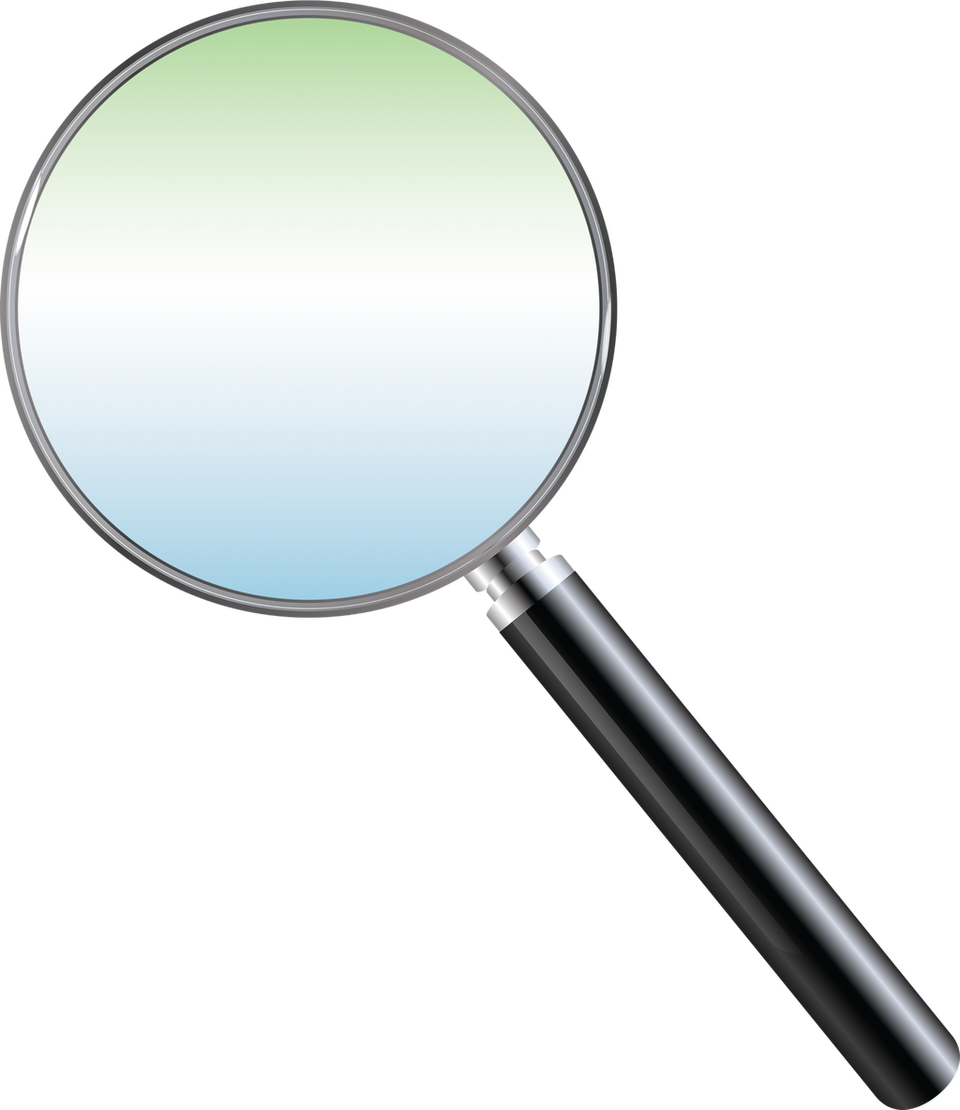

AnalynCabraslooksforbeetlesinthe Philippines.
ByBrenna Maloney
WildlifeandWildPlaces
Life Science
Asyouread,thinkabouthowonescientist’sresearchcanimpactafieldof study.


AnalynCabraslooksforbeetlesinthe Philippines.
ByBrenna Maloney
Asyouread,thinkabouthowonescientist’sresearchcanimpactafieldof study.